Editor’s Note: Lindsey Mantoan is an assistant professor of theater at Linfield College. She is the co-editor with Sara Brady of “Vying for the Iron Throne: Essays on Power, Gender, Death, and Performance in HBO’s Game of Thrones” and the author of “War as Performance: Conflict in Iraq and Political Theatricality.” The views expressed here are hers. View more opinion articles on CNN.
It’s been less than a week since I finished the series finale of Dreamworks’ “She-Ra and the Princesses of Power” on Netflix – a brilliant re-imagination of the 1980s cartoon franchise about a magical princess, spun off from “He-Man” – and I’m still on an emotional high. Hardly ever does a popular television show manage to utterly satisfy its fan base with its finale, but the conclusion of this epic – and epically queer – fantasy has left many twirling with happiness.

Beyond this, there’s something about shedding tears of joy with your children while watching a TV show you’ve all invested in for years. All parents should have such an opportunity at least once.
Why such joy? The fifth and final season of Netflix’s reboot, which premiered in 2018, delivered a much needed emotional boost when it dropped last Friday, during a time of shelter-in-place (and included some compelling narrative parallels to coronavirus’s contagion). Like the original show, the story follows protagonist Adora as she flees the evil Horde, then, with a magical sword that transforms her into the warrior She-Ra, leads a rebellion.
The first iteration of “She-Ra,” created by Larry DiTillio and J. Michael Straczynski, was canceled after two seasons and seemed primarily a vehicle to sell Mattel toys. Showrunner Noelle Stevenson’s take on this cult classic foregrounds storytelling. It rethinks gender, sexuality, and power – and, building on the groundbreaking work of Steven Universe, represents queerness as a multifaceted human experience.
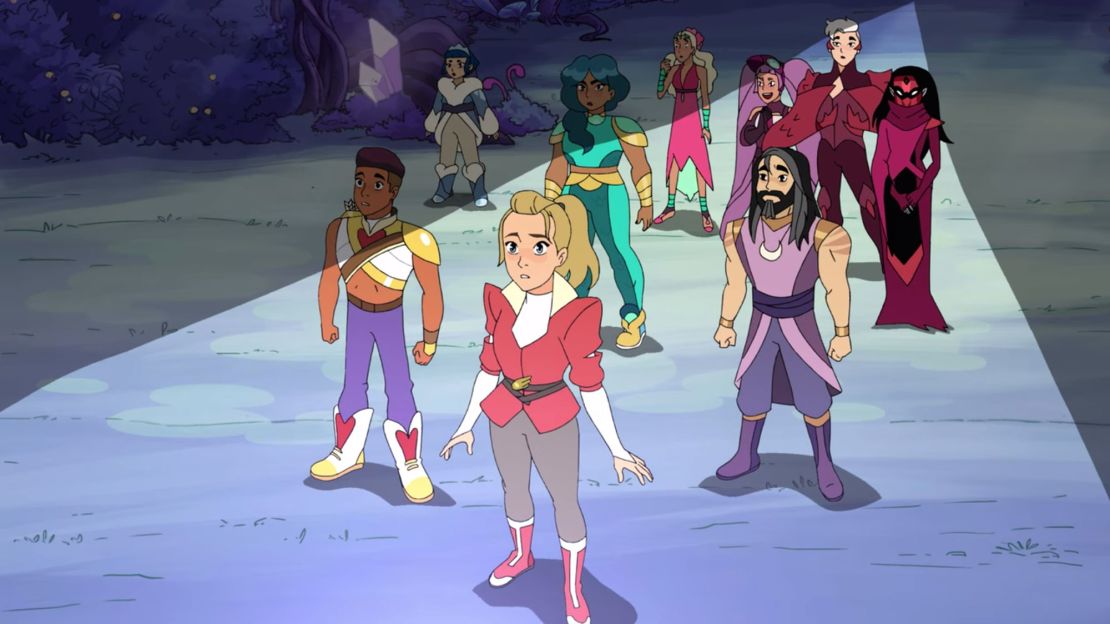
As a parent of two young children, I’m dogged with fears – and hopes – about what our world is teaching them through the media they consume. Like many parents, I’m particularly invested in programs that showcase gender parity and racial diversity. As a queer parent who seeks out children’s programming that features characters, or even families, who look like us, I’ve been plagued with frustrations and disappointment.
From the debates over whether “Finding Dory” did or did not feature Disney/Pixar’s first queer couple (spoiler alert: even if they did, blink and you’d miss it), to the way the queer community has claimed Elsa as one of its own, families seeking out content that offers meaningful representation of queer characters often grasp at straws. Just ask Harry Potter fans about their reactions to Rowling’s extratextual claim that Dumbledore is gay, something she never actually demonstrates in any of the many Potter texts.
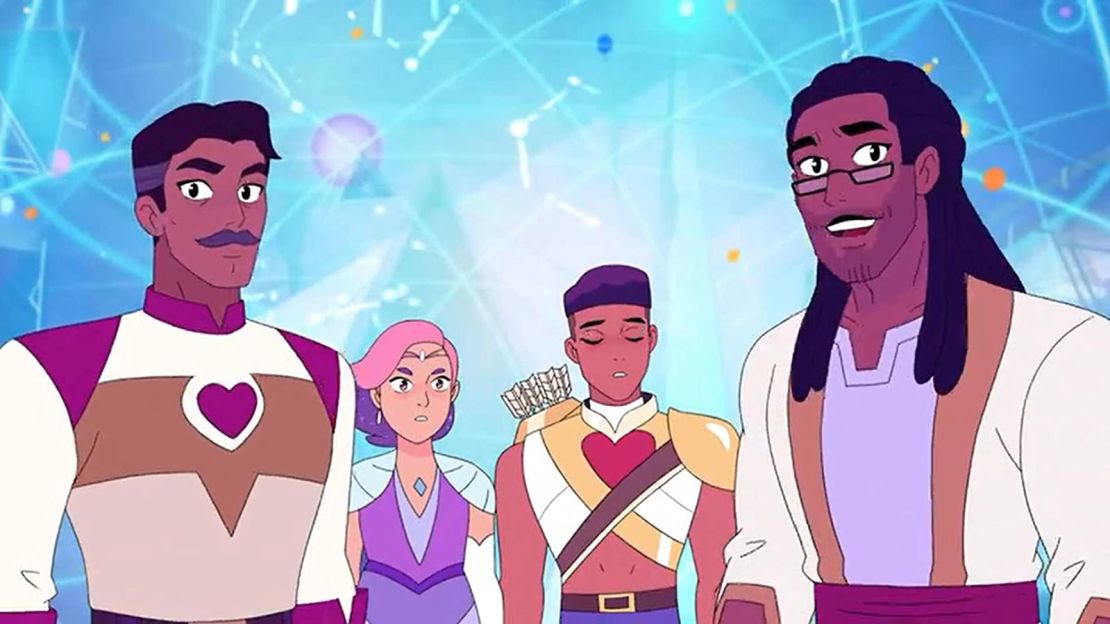
Rarely does a family show appeal to both parents and kids. Rarer still is a family show binge-worthy. “She-Ra” is both, and hands down the best queer representation on television – providing satisfying content through which kids can see people like us not just normalized but celebrated.
Indeed, to be queer and a fan of popular culture is to be routinely frustrated, subjected to queer baiting, and a perpetual witness to the “Bury Your Gays” trope, which sees (as an analysis from GLAAD shows) queer characters disproportionally killed off, often right after they engage in queer romance and sex (in those instances, their death often seems like punishment for queer love). Viewers like me vacillate between outrage and fatigue at watching queer characters die rather than find happy endings – at a rate of about 20 to 1 (in 2016, Autostraddle, a website for lesbians and bisexual women, indexed “All 211 Dead Lesbian and Bisexual Characters on TV, and How They Died,” and four days later the pop-culture site AfterEllen listed the 16 “Queer Lady Couples” who got a happy ending – the math there indicates how rarely writers provide audiences with queer joy).
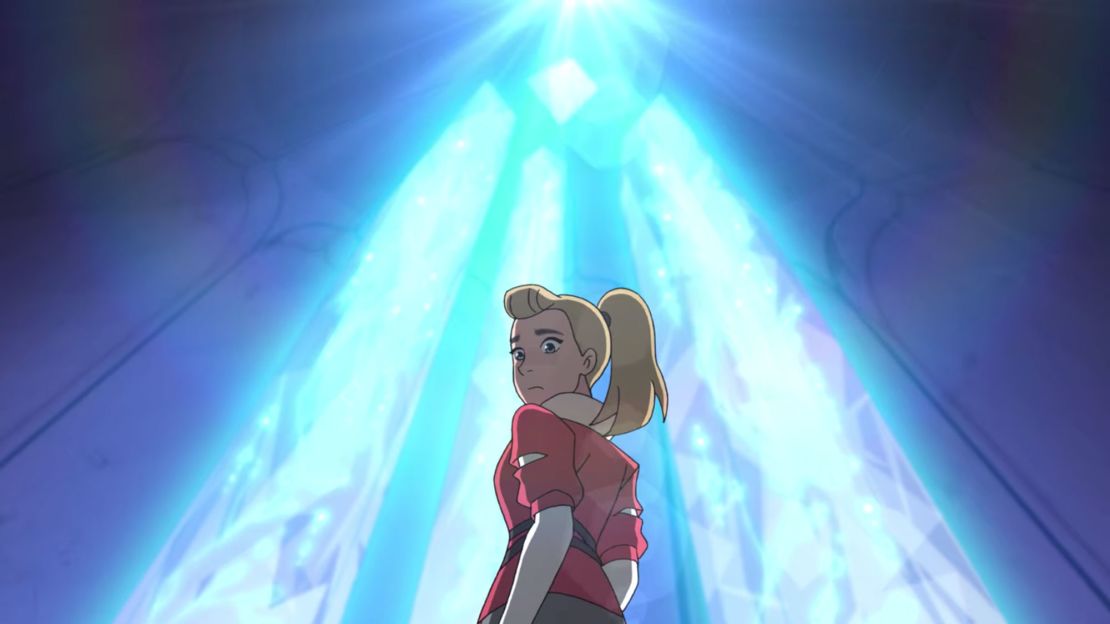
Given this history, the wave of nostalgia surging through television programming poses particular challenges to queer viewers. Reboots, reunions and remakes, from “Fuller House” to “Magnum P.I.” to “The Conners” to “Dynasty,” routinely trade on affection for known characters, settings and resolutions. That said, when those previous narratives failed to create space for queer audiences, healthy skepticism for reboots seems the only possible approach for queer viewers. If you weren’t represented in – or worse – felt outright alienated by, the original, why would you flock to a remake?
Queer nostalgia itself is a tricky concept – to the extent that it exists, it comes from a place of having had to dig through subtext, decode buried connections between seemingly-straight characters, and celebrate feminist representations of strong (often warrior) women as the closest approximations to queerness we’ve been invited to explicitly identify with.
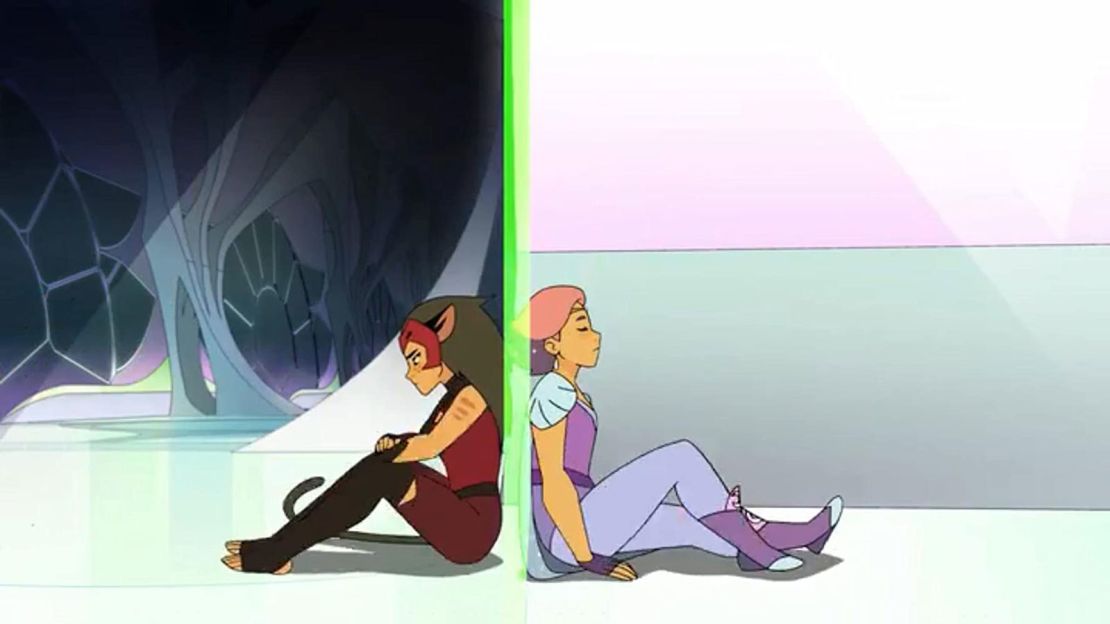
But there was something relatable about the “She-Ra” reboot from the start – I felt taken care of while watching it, confident and thrilled that my kids would see actual, meaningful queer representation. The first episode follows Adora as she forsakes the Fright Zone, where she was raised alongside her best friend Catra, to join forces with other magical princesses rebelling against the Horde. Despite Adora and Catra fighting on opposite sides of a war for most of the series, their connection was always clear.
By the end of the first episode, I pronounced Adora and Catra “endgame,” meaning [spoiler alert] they were destined to wind up together, and I never once doubted the writers would see it through. Throughout the series, viewers see Adora’s allies represent a range of sexualities and genders, including: wives Netossa and Spinnerella; the midriff-baring Bow and his gay dads; gender-fluid Double Trouble, a shape-shifter who switches sides in the war multiple times; and the open-hearted butch, Scorpia, who crushes first on Catra, then on rebel princess Perfuma.
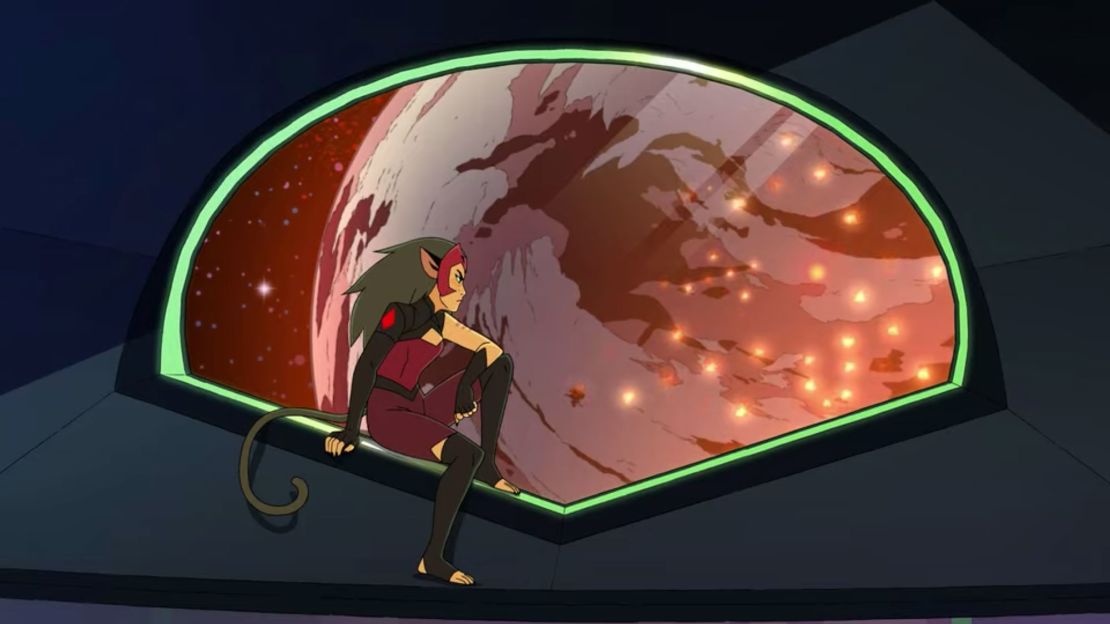
This variety means that no single queer character represents the entire queer community, as more tokenized queer characters must often do. The show’s complex and dynamic representations take queerness for granted – there’s nothing shocking about it, and coming out stories aren’t necessary. While the show’s first four seasons with these characters breaks open the possibilities for queer representation in children’s programming – and programming for any age – it’s the final season, as TV critics such as David Opie and Shamus Kelley have been quick to explain, that forever alters the television landscape, especially for children’s programming.
I won’t give away the full delight of the finale and deny you the pleasure of discovering it yourself, but long story short: “She-Ra” is a far cry from the erasure of queerness from Disney’s feature films or the trauma and violence of shows perpetuating the “Bury Your Gays” trope – in fact, it’s a significant step toward healing some of that past pain.
Showrunner Noelle Stevenson has said of the finale, “The story was always defined by the characters’ arcs and it’s reached its conclusion in the way that we found the most fulfilling.” She’s also said she’s open to returning to the show later, and if she does, my family will be here for it. In the meantime, we can go back to the beginning and re-watch every episode, basking in the glow of a show that gets it right.



